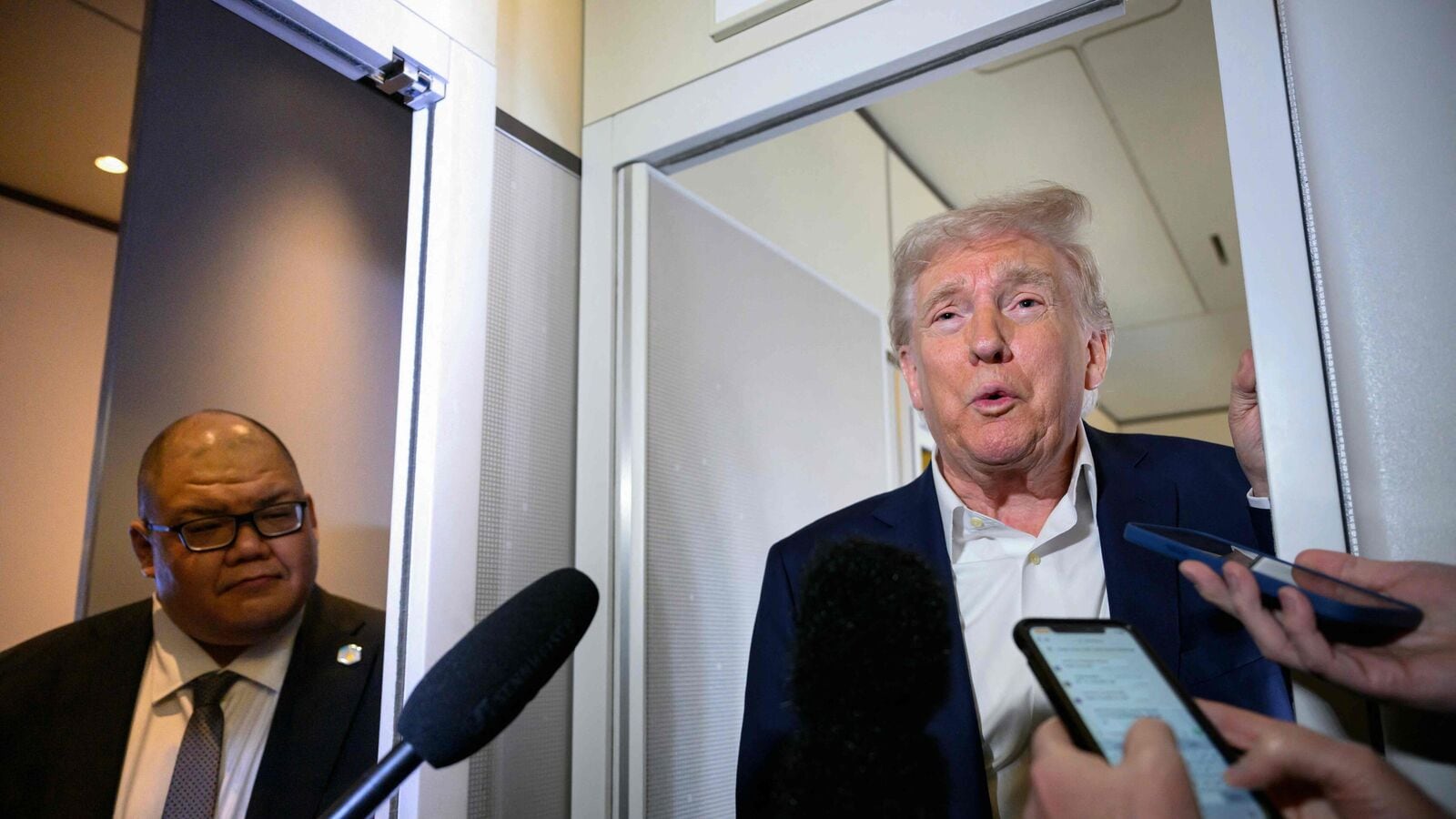The recent fluctuations in Donald Trump’s tariff policies have sparked significant economic instability worldwide, causing the US dollar to weaken against key currencies. This week, the dollar reached a decade-low against the Swiss franc and a three-year low against the euro. Despite these concerning trends, Trump downplayed the situation, insisting that the dollar would rebound and ultimately be “stronger than ever.”
Tariffs and Economic Impact
In a conversation with reporters aboard Air Force One, Trump expressed his unwavering confidence in the dollar, stating, “I think the dollar is tremendous, gonna be stronger than ever.” However, as the ongoing tariff disputes create unease among investors, the dollar continues to face downward pressure.
- Recent Trends:
- The dollar saw a temporary boost on April 9 after Trump announced a rollback of tariffs.
- Just a day later, it dropped significantly: down 2% against the Japanese yen and 3.6% against the Swiss franc.
The volatility in the currency market has also affected major stock indices like the S&P 500, Dow Jones, and Nasdaq, which all experienced sharp declines.
Global Selloff Pressures the Dollar
The US dollar has been caught in a wave of global selloff, impacting not just stocks but also safe-haven assets like U.S. Treasuries. Reports indicate that yields on 10-year notes are experiencing their most significant weekly increase since 2001.
Why Is the Dollar Weakening?
Experts suggest that the dollar’s decline stems from rising concerns about the US economy’s resilience, with many investors fearing an impending recession. As a result, there’s a noticeable shift in investment strategies, with many turning to the Japanese yen and Swiss franc as safer alternatives.
Brad Bechtel, the global head of FX at Jefferies, explained, “There’s a great rotation happening—foreign investors are diversifying away from the U.S. into regions like the euro zone. Those still invested in the U.S. are realizing they need to hedge against currency risks, further pressuring the dollar.”
- Key Factors Influencing Investor Sentiment:
- Deteriorating consumer confidence in April.
- Inflation expectations have surged to levels not seen since 1981, fueled by ongoing trade tensions.
Conclusion
As the economic landscape continues to shift, the US dollar’s fate remains uncertain. Investors are closely monitoring developments, and with the potential for further volatility, the dollar’s path forward could become increasingly complex. Stay informed and consider the implications of these economic changes on your investments.











